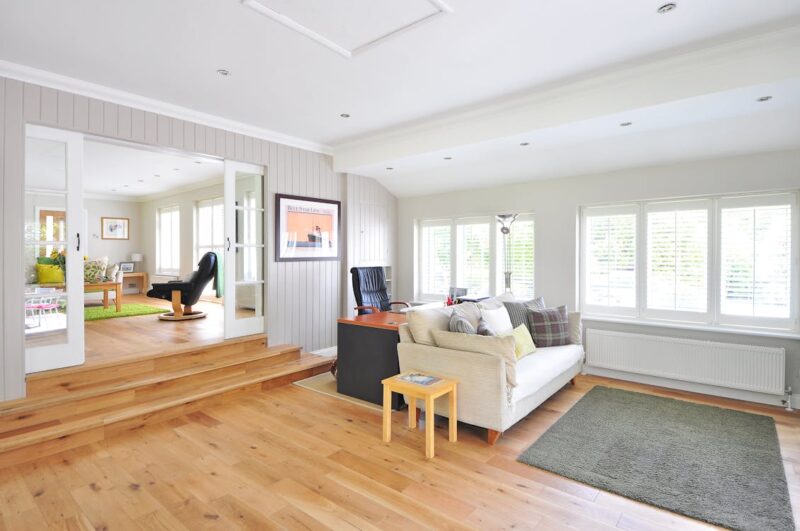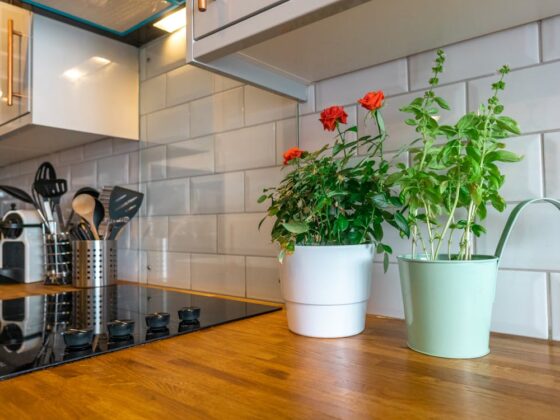Renovating a home is an exciting yet challenging endeavour. One of the key decisions you’ll make during this process is choosing the right windows, which not only contribute to the aesthetic appeal of your home but also play a significant role in its energy efficiency. uPVC sash windows, a modern twist on traditional sash windows, have become a popular choice for homeowners looking to combine traditional design with modern performance. This article will guide you through the process of finding the best uPVC sash windows for your renovation project, with a special focus on energy efficiency, including a discussion on how some UK manufacturers have achieved a new U-value of 1.2 for their sash windows. This makes them some of the most energy-efficient on the market.
Understanding uPVC Sash Windows

What Are uPVC Sash Windows?
uPVC, or unplasticized polyvinyl chloride, is a type of plastic known for its durability, low maintenance, and energy efficiency. Sash windows are characterised by two movable units, or “sashes”, that form a frame to hold glass panes. Traditionally, sash windows are made of wood, but uPVC has emerged as a popular alternative due to its many benefits.
Why Choose uPVC Over Traditional Wood?
While traditional wooden sash windows exude a classic charm, they require regular maintenance, including sanding down, painting and sealing, to protect them from external elements. uPVC, on the other hand, offers a low-maintenance solution that doesn’t compromise on aesthetics. uPVC sash windows can mimic the appearance of wood but are more resistant to weathering. Additionally, uPVC windows are often more affordable than their wooden counterparts, making them an attractive option for many homeowners.
Key Factors to Consider When Choosing uPVC Sash Windows
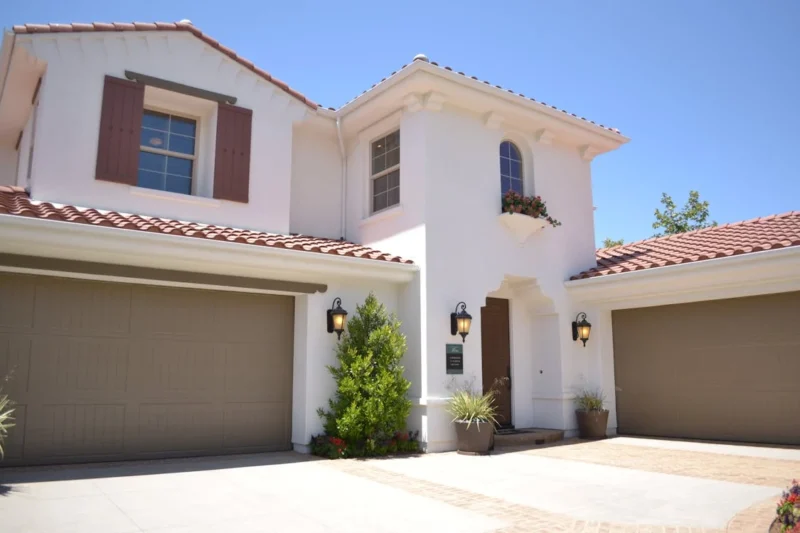
1. Energy Efficiency
One of the most crucial factors in selecting the best uPVC sash windows is their energy efficiency. Windows play a significant role in your home’s overall insulation, and choosing energy-efficient windows can lead to savings on your energy bills.
In the UK, the energy efficiency of windows is measured by the U-value, which indicates how well a window prevents heat from escaping. The lower the U-value, the better the insulation. Traditionally, achieving a low U-value in sash windows was challenging due to the design, but advancements in technology have changed that.
Special Note: Some UK manufacturers have now achieved a U-value of 1.2 for uPVC sash windows, making them some of the most energy-efficient sash windows available on the market. This breakthrough means that homeowners can now enjoy the traditional look of sash windows without compromising on energy efficiency.
2. Style and Design
When choosing uPVC sash windows, it’s essential to select a style that complements your home’s architecture. uPVC sash windows are available in two configurations, including:
Single-Hung Sash Windows: Only one sash moves, while the other remains fixed.
Double-Hung Sash Windows: Both sashes are movable, allowing for better ventilation.
Additionally, you can choose from a range of colours and finishes. While white is the most common, many manufacturers offer woodgrain finishes that closely resemble traditional timber, allowing you to maintain the classic look of wooden sash windows without the associated upkeep.
3. Security Features
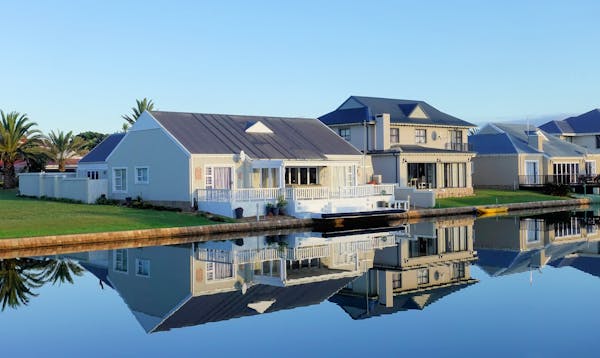
Home security is a top priority for any homeowner. When selecting uPVC sash windows, it’s essential to consider the security features they offer. Look for windows that come with high security locking systems, reinforced frames, and toughened glass. Some manufacturers also offer windows with laminated glass, which is harder to break and can thereby provide an extra layer of security.
4. Glazing Options
The type of glazing you choose for your uPVC sash windows can significantly impact their performance. Double glazing, which consists of two glass panes with a gap in between, is the standard for most uPVC sash windows and offers good insulation and noise reduction.
Within the gap inside the insulated glass unit, you’ll find air or in some cases an inert gas like argon gas which is less thermally conductive than air. Additionally, low-emissivity (Low-E) glass, which has a special coating to reflect heat into your home, can further enhance the energy efficiency of your windows.
5. Ease of Maintenance

One of the significant advantages of uPVC sash windows is their low maintenance requirements. Unlike wooden windows, which need regular painting and sealing, uPVC windows can be easily cleaned with soap and water. Additionally, uPVC is highly durable, making them a long-lasting investment for your home.
When choosing uPVC sash windows, look for features like slide-and-tilt also sometimes known as ‘easy clean’ mechanisms that make cleaning the exterior glass from inside your home easier. Some manufacturers also offer self-cleaning glass, which has a special coating that breaks down dirt and allows it to be washed away by rain.
6. Cost and Budget
While uPVC sash windows are generally more affordable than timber windows, prices can vary widely depending on the features and customisations you choose. It’s essential to set a budget for your window renovation project and stick to it. However, it’s also important to remember that investing in high-quality, energy-efficient windows can lead to long-term savings on your energy bills and increase the value of your home.
To get the best value for your money, obtain quotes from multiple manufacturers and suppliers. Compare the cost of the windows, installation, and any additional features or warranties offered. While it may be tempting to go for the cheapest option, remember that quality and durability should be your top priorities.
7. Manufacturer Reputation and Warranty
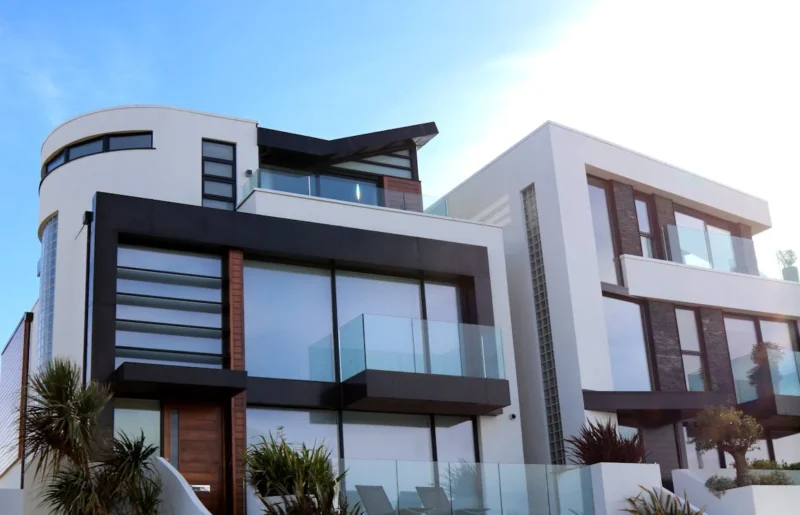
Choosing a reputable manufacturer is crucial when investing in uPVC sash windows. Research manufacturers in your area and read customer reviews to ensure they have a track record of delivering high-quality products and excellent customer service. Additionally, consider the warranty offered by the manufacturer. A good warranty can provide peace of mind and protect your investment in the long run.
Look for manufacturers that offer warranties on both the frame and glazing. A typical warranty for uPVC sash windows should cover 10 years but be aware that is common for manufacturers to offer variable lengths for different components.
Conclusion
Finding the best uPVC sash windows for your renovation project involves careful consideration of several factors, including energy efficiency, style, security, glazing options, maintenance, cost, and the reputation of the manufacturer. By taking the time to evaluate your options and prioritise the features that matter most to you, you can make an informed decision that enhances the comfort, security, and value of your home.
